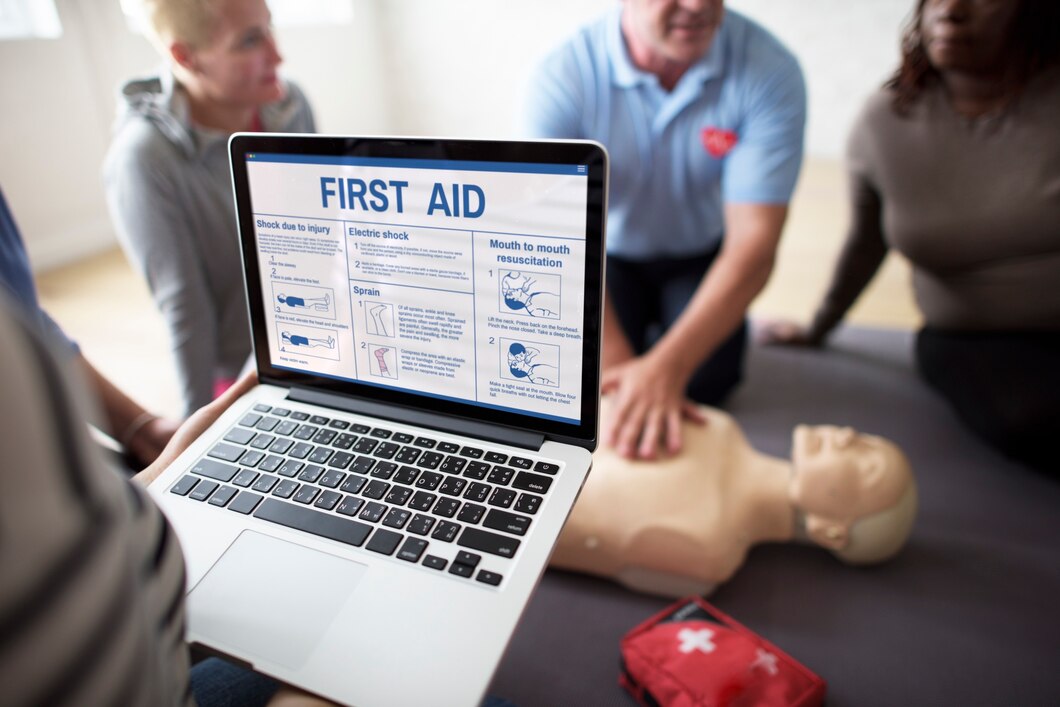Robotics technology has seen a surge in various sectors, and first aid training is no exception. The integration of robotics in this field aims to enhance training methods and improve emergency response times.
Benefits of Using Robotics in Training
Robots bring precision and accuracy to the training environment. They can mimic certain medical emergencies with high precision, allowing trainees to practice their skills in a controlled setting. This precision ensures that trainees get a realistic experience, enhancing their learning outcomes.
Consistency is another significant advantage of using robots. Unlike human actors, robots can reproduce the same scenario multiple times without variations. This ensures that every trainee receives the same level of training, maintaining a standard across the board.
Safety during training sessions is paramount. Using robots minimises the risk of injury to human participants, especially during high-risk scenarios. Trainees can practice without the fear of causing harm, leading to a more open and effective learning environment.
Applications of Robotics in First Aid Training
CPR training has seen notable improvements with the introduction of robotics. Robots designed with human-like chest compressibility can provide real-time feedback on the depth and rate of chest compressions. This immediate feedback ensures trainees adjust and improve their techniques on the spot.
Wound care is another area benefiting from robotics. Robots can simulate various wound types, from cuts to burns. This allows trainees to practice dressing and bandaging techniques on realistic injuries, enhancing their skill set.
Emergency scenarios can be unpredictable and challenging. However, robots can be programmed to replicate symptoms of certain medical emergencies, such as seizures or choking. This provides trainees with a realistic and controlled environment to hone their response skills.
Understanding the HLTAID011 Training Approach
The HLTAID011 training approach is a significant step in the realm of first aid training. Incorporating modern techniques and methodologies, it ensures that trainees are equipped with the latest knowledge and skills. The integration of robotics in the HLTAID011 approach further amplifies its effectiveness, providing a hands-on experience that is unparalleled in its depth and realism.
Challenges and Considerations
The integration of robotics is not without challenges. High-quality robots come with a significant cost, which might make them inaccessible for some training institutions. This financial barrier needs consideration when planning training budgets.
Maintenance is another aspect to consider. Robots, like all machines, require regular upkeep to ensure they function correctly. Institutions need to factor in the time and cost associated with this maintenance.
While robots offer many benefits, they might not capture the unpredictability of real-life emergencies fully. Training institutions must ensure that robotic training complements, rather than replaces, traditional methods to provide a comprehensive training experience.
The Bottom Line
The integration of robotics in first aid training, especially within the HLTAID011 framework, is a promising advancement. While there are challenges to address, the potential benefits of improved training precision and safety are undeniable. For a deeper dive into the world of medical technology, exploring advancements in medical technology offers a wealth of information.




